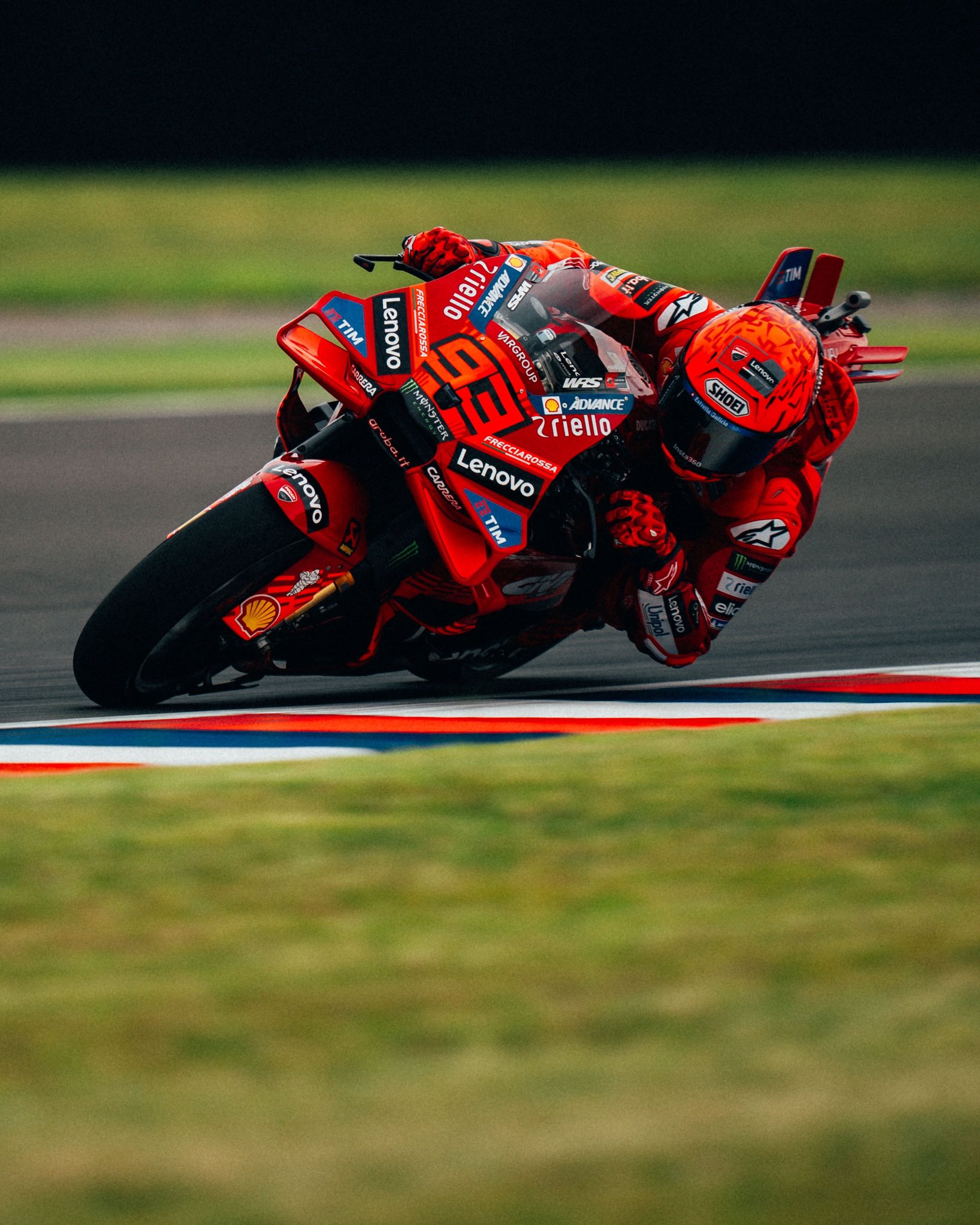Racing Through Time: The 1957 Mille Miglia
- Silvia Cojocaru

- Feb 8, 2024
- 3 min read
Updated: Jan 2
Written by Silvia Cojocaru, Edited by Sharifah Zaqreeztrina

Car racing has always been a sport for the risk-takers, with the Italian race, Mille Miglia being no exception. After the 1957 edition of this competition, the Italian government banned all motor racing on the roads of Italy, as well as terminating the Mille Miglia event.
Italian Heritage
The Mille Miglia was an open-road endurance race going across Italy for a distance of approximately 1000 miles (1609.34 km). It was first established in 1927 due to the Italian Grand Prix being relocated from Brescia to Monza.
As a result, this event had both its starting and ending point in the Northern town. The first race of this kind had 77 entries, all of which from Italian drivers and manufacturers.
In spite of its soaring popularity, the Mille Miglia has always been an extremely dangerous race, with 56 recorded deaths in just 24 events (13 before World War II, and 11 since 1947). One of the most tragic incidents happened in 1957, marking the end of the Mille Miglia.

Before the Engines Started
Just having emerged as a household name in motorsport, Ferrari reigned victorious at the 1956 Mille Miglia, conquering the first four places. However, the happiness was short-lived as Enzo Ferrari would soon face a horrific misfortune when his son, Alfredo Ferrari, passed away at the age of 24.
Nine months later, one of Ferrari's most cherished drivers, Eugenio Castellotti, also passed during a testing accident ahead of the 1957 race. These unfortunate events caused Ferrari to express doubt over the potential dangers of motorsport for the first time in his life.
Still determined to maintain his team afloat, Ferrari found a replacement in Alfonso de Portago, a young and adventurous Spanish driver.
The Race
Just before the start of the race, one of the Maserati drivers crashed during testing, while Stirling Moss was also forced to retire early due to a faulty brake pedal. The Maserati team was one of Ferrari’s greatest competitors so the race was off to a brilliant start for the Prancing Horse.
Italian driver Piero Taruffi, also known as “The Silver Fox”, was starting a race car for the last time in his career at the age of 51, running second when he arrived in Bologna. Despite being worn out, the team told him to keep going, as his Ferrari teammate in front had technical issues.
Soon enough, race leader Peter Collins was forced to retire, while 29 year-old Wolfgang von Trips would not attack Taruffi. The German was much younger than his Italian teammate, and out of respect he obeyed team orders, leading “The Silver Fox” to victory.
What should have been a glorious day for the team turned to tragedy when Alfonso de Portago lost control of his car after puncturing one of his tyres. His Ferrari 335 S rolled over, running into and killing nine spectators in the comune of Guidizzolo.
De Portago and his American navigator Edmund Nelson were also killed in the accident. Additionally, another incident involving Dutch driver Joseph Göttgens caused him to succumb to his injuries after crashing near Florence.
Mixed Feelings for Ferrari
Overall, the team managed to achieve a noteworthy result, occupying the first three places with considerable advantage. It goes without saying, however, that the tragedies far outweighed the rewards.

Conclusion
The Mille Miglia should act as a reminder that while the drivers and teams assume the risks of motor racing, innocent bystanders should always be looked after. We came a long way when it comes to safety for everybody involved in this sport, but this is still an aspect that should continue to evolve as time goes by.












Comments